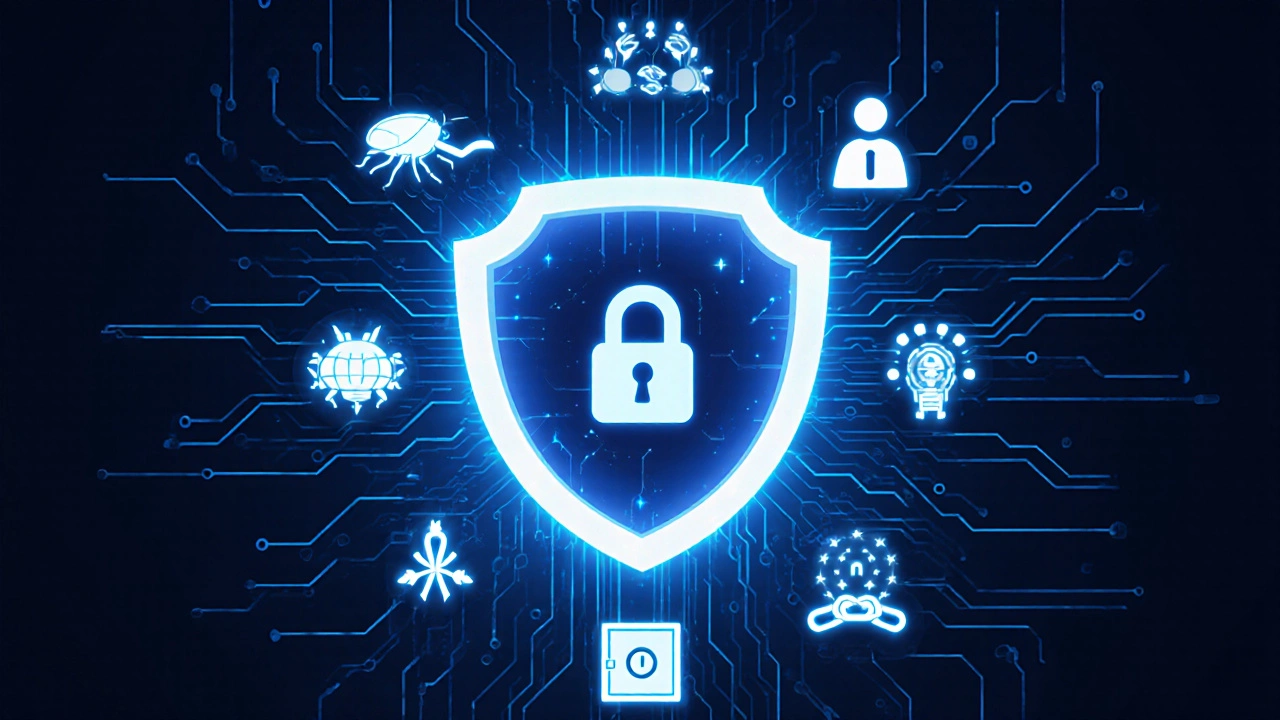Malware – Legal and Security Overview
When dealing with malware, malicious software that disrupts, steals data, or hijacks computers. Also known as malicious code, it poses serious threats to both users and organizations.
These threats belong to the broader field of cybercrime, illegal activities carried out via computers or the internet. A common example is ransomware, malware that encrypts victim files and demands payment for the decryption key. Both ransomware and other malicious programs are often spread through weak computer security, measures like firewalls, antivirus tools, and user training that aim to block attacks.
Legal Landscape of Malware
In India, the legal framework treats malware as a criminal act under the Information Technology Act, 2000. Section 66 outlines penalties for hacking, data theft, and the creation of harmful software. Courts have linked these provisions to broader cybercrime statutes, allowing prosecutors to pursue offenders who distribute ransomware or launch denial‑of‑service attacks. Recent cases show that judges consider the scale of damage, the intent to profit, and the presence of organized networks when deciding sentences.
Corporate lawyers increasingly advise clients on compliance with these laws, especially when a breach could trigger liability under consumer protection rules. For example, the Consumer Protection Act, 2019 requires companies to safeguard personal data; a malware breach that exposes customer information can lead to compensation claims, as highlighted in our post on consumer rights. Likewise, the Indian Penal Code still applies to fraud and extortion carried out through malware, meaning victims can seek both criminal and civil remedies.
Understanding how malware fits into the legal puzzle helps you prepare better defenses. Implementing strong computer security practices reduces the risk of an incident, while staying informed about the latest legal obligations keeps your organization compliant. Below you’ll find articles that break down federal versus state jurisdiction, the most profitable law specialties dealing with cyber threats, and step‑by‑step guides on filing complaints when you’re hit by ransomware. Dive in to see how the law, technology, and practical steps intersect in the fight against malicious software.

Cybersecurity Threats Explained: What It Fights Against
Learn the main dangers cybersecurity battles-malware, phishing, ransomware, DDoS, insider threats, and more-and how a cyber crime lawyer fits in.